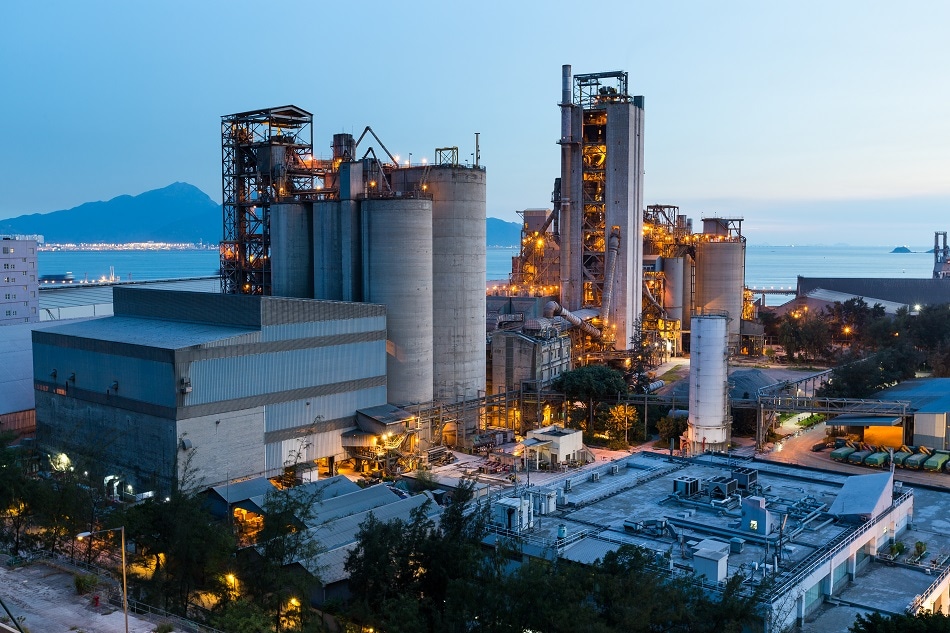Oct 27 2017
 Image Credits: shutterstock.com/g/leungchopan
Image Credits: shutterstock.com/g/leungchopan
Studies related to X-ray performed by SLAC will aid the oil sector in improving guidelines for corrosion from sulfur in crude oil.
Using X-ray methods, researchers are developing an analysis tool that can more accurately foresee how sulfur compounds in a batch of crude oil might corrode equipment– a critical safety issue for the oil sector.
The findings of these ongoing experiments at the Stanford Synchrotron Radiation Lightsource (SSRL) at the Department of Energy’s SLAC National Accelerator Laboratory will enhance industry guidelines. The aim is to characterize the types of sulfur that are most important to identify in the oil, so as to better anticipate the probability for corrosion rates.
A team of researchers from Chevron and the University of Saskatchewan are conducting a series of studies at SSRL to carefully analyze forms of sulfur in crude oil.
By looking at crude oil with a combination of X-ray spectroscopy techniques, we were able to examine and describe the complex chemistry of the sulfur compounds with high specificity.
Monica Barney, a materials research engineer at Chevron
Complexities in the Data
Approximately a million barrels of oil are processed on most days at Chevron’s major refineries spread across the United States, and the sulfur present in the oil can react with the metals in many types of equipment and cause damage. Engineers will have to consider these reactions to ensure safe and reliable processing.
But high sulfur concentrations do not correlate with high levels of corrosion at all times, or the other way around, and this makes it problematic to anticipate how corrosive a specific crude oil will be.
“We can measure the concentration of sulfur, but it doesn’t tell you about the reactivity,” says Barney, who is leading the studies. “Knowing the type of sulfur in crude oil is critically important for predicting properties related to corrosion.”
The partnership started when Barney was working on a separate corrosion research at SSRL. After assembling the data, the Chevron team was puzzled with how to deduce the complexities they noticed in the results.
In an online search, they came across a diagram prepared by two professors at the University of Saskatchewan, Graham George and Ingrid Pickering, while they were on the staff at SSRL. They have led toxicology and molecular biology experiments at the SSRL synchrotron for years.
The diagram revealed spectroscopy information collected from the superimposition of data on numerous sulfur types, similar to what is seen in crude oil. It presented how comparing a complete spectrum to a library of standards could detect individual types of compounds.
“When I came across this figure, I thought, ‘This is it. This is what we need.’ It’s what we’d been seeking for years—a characterization method that could quantify the amounts of each type of sulfur,”
Monica Barney, a materials research engineer at Chevron
The idea was to apply the same method—sulfur K-edge X-ray absorption spectroscopy—to measure and establish the types of sulfur in crude oils.
Barney soon started working with George and Pickering to discover a solution. Both worked beforehand in the oil and gas industry, and Barney says their skill was a perfect match with what Chevron wanted to investigate.
With this analysis technique, the team formulated an approach to analyzing the crude oil with “tender X-rays,” which occupy the middle ground between low-energy and high-energy X-rays.
Tuned to the exact energy, X-rays allowed the researchers to gather thorough information about the sulfur and its chemical neighbors and help tease through the overlapping information produced by similarities in the sulfur compounds.
Understanding Sulfur Chemistry
The large quantity of various sulfur compounds present in the crude oil, each faintly different from the others, makes the results from most types of characterization methods difficult to deduce or even inconclusive.
The X-ray absorption spectroscopy work at SSRL allows the researchers to observe a precise description of the crude oil’s sulfur chemistry.
“This is an example of using state-of-the-art spectroscopy for a real-world application,”
Graham George, Professor at the University of Saskatchewan,
This study is part of a larger partnership at Chevron that is using several other methods to comprehend the chemistry of sulfur in crude oil. The experimental data from several chemical characterization techniques are integrated and compared to data from corrosion studies and predictions from computer modeling.
SSRL is a DOE Office of Science User Facility.
Citations:
Cotelesage, et al., Journal of Physical Chemistry A. 10 August 2016 (10.1021/acs.jpca.6b05874)
Pickering, et al., Journal of Physical Chemistry A. 29 August 2016 (10.1021/acs.jpca.6b06790)